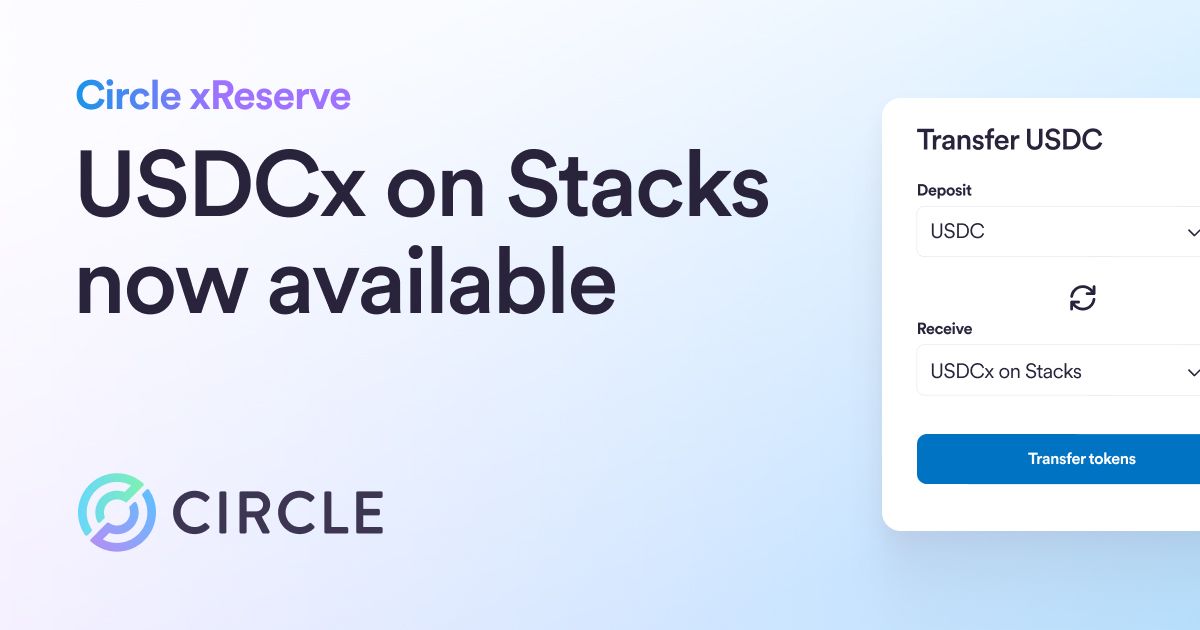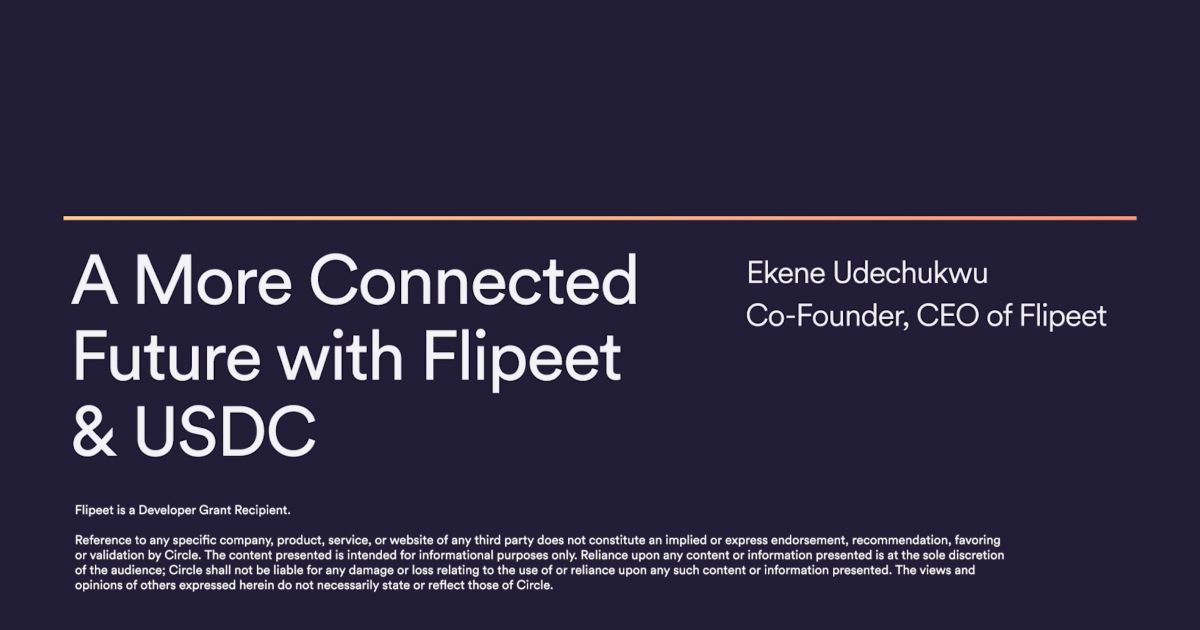Learn how Circle infrastructure and USDC facilitate market makers and institutional traders in cryptocurrency markets, a faster, safer way to move value.

Prior to the introduction of stablecoins, crypto market makers and investors faced obstacles transacting in cryptoassets. Institutions were forced to make time-consuming and cost-adding conversions from fiat-to-crypto and back when moving in or out of a position.
While the first stablecoin launched in 2014, it took several years for price stable digital currencies to cement themselves as an integral part of the crypto trading ecosystem. Now, the market has matured so that most leading exchanges opt for dollar digital stablecoins as their go-to base currency for crypto trading pairs.
The introduction of transparent and trustworthy dollar digital currencies like USD Coin (USDC) in 2018 sparked a rapid rise in the popularity of stable assets. From January 2018 to July 2020, stablecoin demand skyrocketed, with the aggregate market value of all stablecoins rising from $2 billion to more than $11.5 billion.
Now, the total stablecoin supply stands at close to $100 billion, facilitating billions in transaction volume across trading pairs for BTC, ETH, and other popular digital assets every day. Digital asset traders and market makers have moved from using fiat currency to stablecoins for trading in and out of crypto assets.
Market Makers Adopt Stablecoins
Market makers — consisting of prop trading desks, OTC desks, hedge funds, and algorithmic trading companies — earn their revenues by facilitating buy and sell orders for retail and institutional investors on digital asset exchanges.
Currently, the three most common stablecoin market maker use cases are:
- As a base currency for moving funds into and out of speculative digital assets
The stability of stablecoin asset values make them attractive for this purpose, as does the ability to transfer funds off exchanges in minutes rather than hours or even days, as can be the case with traditional fiat on and off-ramps.
- As counterparty settlement instruments
Rather than waiting for a wire, market makers can perform settlement using USDC in minutes. On-chain stablecoin transactions are available for viewing on a transparent, public ledger on a real-time basis. This process features low costs, robust security, and irreversible settlement, offering comparative advantages over international wire transfers.
- As trading capital and a vehicle for overnight storage of funds
By keeping funds in stablecoins overnight, market makers can avoid holding funds in bank accounts in fiat currency where transfers can take days. This enables these firms to act more quickly on trading opportunities as they arise.
Digital Dollar Stablecoins, DeFi, and CeFi
Beyond market makers, dollar digital stablecoins have become established among participants in the rapidly growing DeFi market and the market for institutional digital asset lending.
DeFi, short for decentralized finance, is the term used for protocols based on smart contracts that mimic the services offered by traditional financial services in an open, accessible, and decentralized form. DeFi protocols enable users to borrow, lend, trade and invest in crypto assets to generate investment income in the digital asset ecosystem.
A market maker could generate returns by converting U.S. dollars into USDC, then depositing the USDC in a Compound Protocol to earn interest. The interest earned via DeFi lending protocols is usually greater than what could be earned on fiat currency held at a bank.
Institutional players in the market can also take advantage of CeFi lending services. CeFi, or centralized finance, consists of underlying credit markets in which a centralized financial intermediary is responsible for managing borrowing and lending.
Market makers have the ability to lend stablecoins like USDC or borrow in USDC to take on long positions in the digital asset markets. Because stablecoin transactions occur on-chain, loans can settle within minutes and be repaid in a similar time frame, unlike slower-to-process U.S. dollar denominated loans. Such loans also have the advantage of avoiding counterparty risk.
The Circle Account Advantage
Using a Circle Account, institutional traders can seamlessly move funds into and out of their account as either fiat or stablecoins, so they can take advantage of the full spectrum of opportunities to capitalize on crypto assets, whether in a DeFi or CeFi environment.
Circle APIs enable firms to better harness the power of the Circle platform in conjunction with their existing systems, including global cross border payments and payouts infrastructure.
The flexible, comprehensive design of Circle infrastructure enables both institutional traders and businesses interested in processing commercial transactions using USDC to send and receive internet-native payments faster than through traditional platforms.
Institutional investors using the Circle payments platform can:
- Accept and make seamless global payments
- Quickly and easily perform fiat-to-crypto payments, making it convenient to transfer assets between the two monetary types when needed
- Create accounts quickly and easily to deploy in the crypto market
Circle offers a variety of services market makers can use to integrate USDC into their trading system. The Circle product suite serve as a hub for market makers who plan on trading in volatile assets while keeping their trading capital secure in digital dollars.
Learn more about Circle’s USDC Institutional Trading Program.





